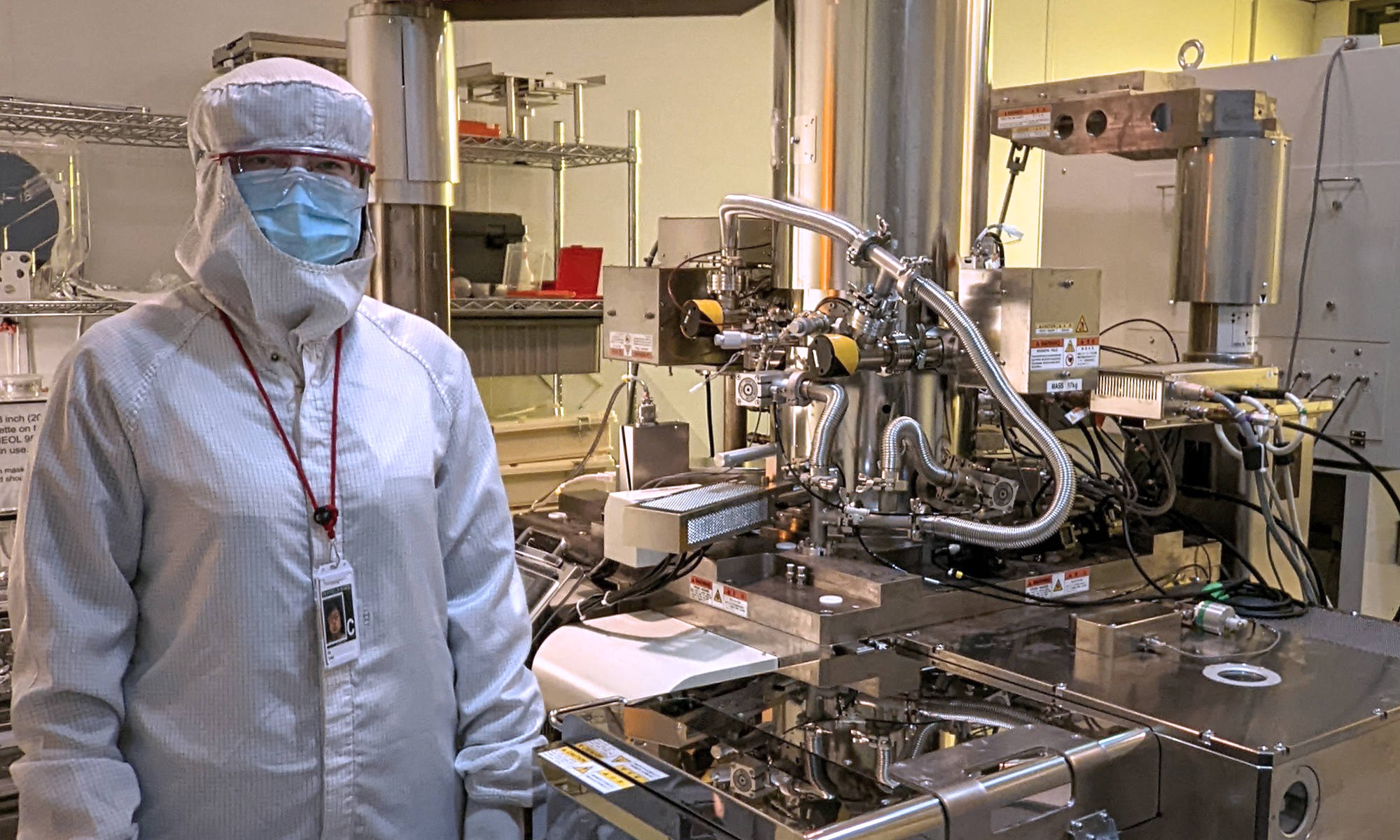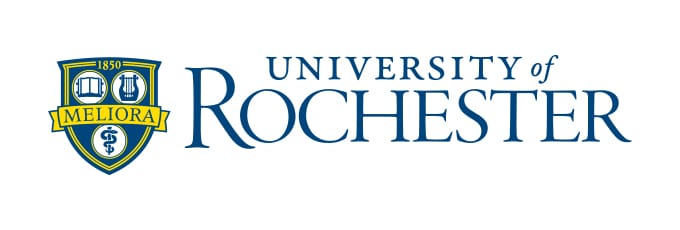At the University of Rochester, researchers are focusing on what matters. Here, in Rochester, surrounded by leading high-tech manufacturers, organisations, and government agencies, some of the brightest minds in the world are harnessing the power of research to undertake leading-edge work in areas ranging from virtual reality to nanofabrication.
Much of the university’s success lies in its cross-disciplinary research and collaboration made possible by a public research institution of its size and scale. At the Department of Electrical and Computer Engineering (ECE), nearly all faculty members and students are actively conducting research in areas like Music Acoustics and Signal Processing, Signal and Image Processing and Communications, Biomedical Ultrasound and Biomedical Engineering, and many more.
Pair that with ties to centres like the Laboratory for Laser Energetics, the Rochester Centre for Biomedical Ultrasound, the Centre for Visual Science, and the Centre for Emerging and Innovative Sciences, and there are ample opportunities for multidisciplinary learning and research.
Little wonder why graduates leave with in-demand technical and professional skills, eager to make their mark in companies such as Apple, Google, Microsoft, Siemens, GM, Microsoft, Intel, and more, like ECE students before them.
Here are two stories that offer a glimpse into the work that ECE does to create new knowledge and build new practices to help societies thrive today and for generations to come.

ECE research areas span medical imaging, artificial intelligence, robotics, motion planning, human-robot interaction, and more. Source: University of Rochester
Shaping impactful medical imaging processes
Novel imaging methods are brought to life at the Parametric Imaging Research Laboratory. Here, new techniques ensure diseases can be detected quickly and medical professionals can determine how well patients respond to therapy. Many projects are undertaken in collaboration with the Department of Biomedical Engineering, UR Medicine Imaging (Radiology), the Department of Neurology, and the Department of Surgery.
“We have pioneered some advanced methods for imaging and detecting cancer and other diseases. This involves everything from the physics of scattering to machine learning algorithms, improving the sensitivity and accuracy of diagnosis and making better images,” says Kevin J. Parker, Dean Emeritus for the School of Engineering & Applied Sciences.
Current research conducted at the laboratory includes monitoring the response of pancreatic cancer to chemotherapy, radiation therapy, and targeted therapy.
All of this is possible thanks to the state-of-the-art facilities. “New facilities include our new [Department of Biomedical Engineering (BME)] building and a new round of MRI and ultrasound scanners in Radiology that can provide our students with first-class data,” Parker shares.
What’s more, the university’s excellent science, engineering, and medicine departments are located close to one another — making this a conducive environment for interdisciplinary work like medical imaging.

The Robotics and Artificial Intelligence Laboratory houses 20 research robots, including mobile robots, unmanned ground vehicles, and mobile manipulators. Source: University of Rochester
Embracing the future of robotics
Graduate Thomas Howard was excited to return to his alma mater when he learned of the chance to build an experiment-focused robotics laboratory and hands-on courses on robotics.
“We recently updated our undergraduate curriculum to offer more opportunities for specialisation by removing and consolidating several required courses to make room for more advanced electives,” Howard says.
The result has been positive. Students have been getting the depth they desire before they work on these areas upon graduation. “It has also been beneficial for students who join my research laboratory and/or go on graduate degree programmes because they are more knowledgeable about and experienced in specific topics in robotics,” he shares.
Howard’s research in robotics mainly focuses on human-robot teaming and robot motion planning. Previously, he held appointments as a research scientist and a postdoctoral associate at MIT’s Computer Science and Artificial Intelligence Laboratory, as well as a research technologist at the NASA Jet Propulsion Laboratory.
Currently, his laboratory — the Robotics and Artificial Intelligence Laboratory — researches bi-directional grounded language communication for human-robot teaming and motion planning algorithms for high-performance off-road mobile robot navigation.
“My laboratory has four robotic manipulators, two field robots, 15 mobile robots, two small humanoid robots, and a motion capture space for indoor robot experimentation. My group’s research has been recognised with best paper awards at Robotics: Science and Systems and the IEEE International Conference on Systems, Man, and Cybernetics,” he shares.
Students working with Howard are involved in projects and collaborate on papers with researchers from MIT, Cornell University, Carnegie Mellon University, and other institutions. Undergraduate research assistants at the laboratory enrol in graduate programs at institutions such as Brown University, the University of Pennsylvania, and the University of Colorado.
Are you ready to change the world at the University of Rochester? Click here to learn more about programmes offered by the Department of Electrical and Computer Engineering.
Follow the University of Rochester on Facebook, X, YouTube, Instagram, and LinkedIn.











